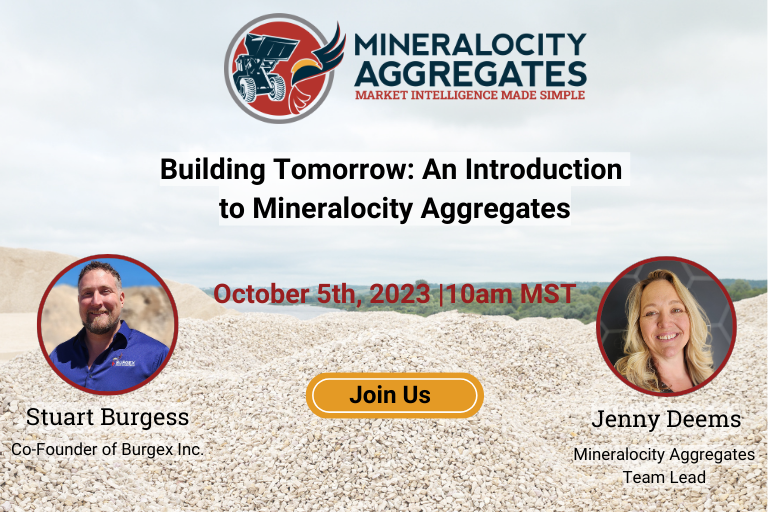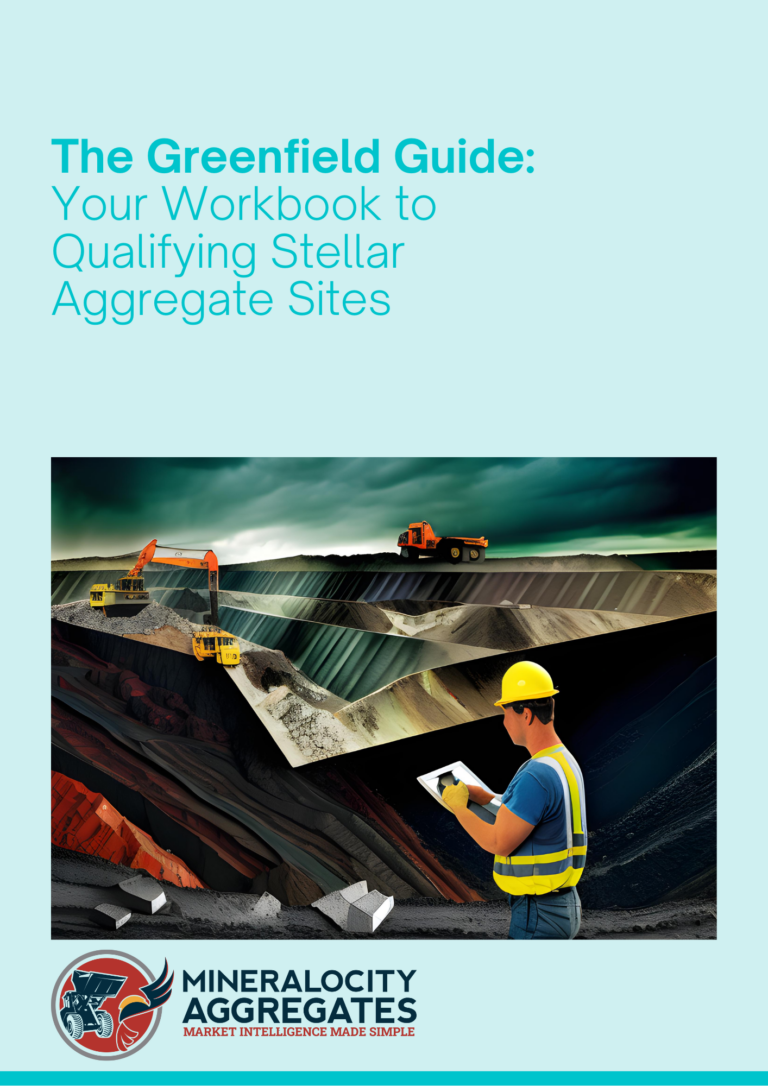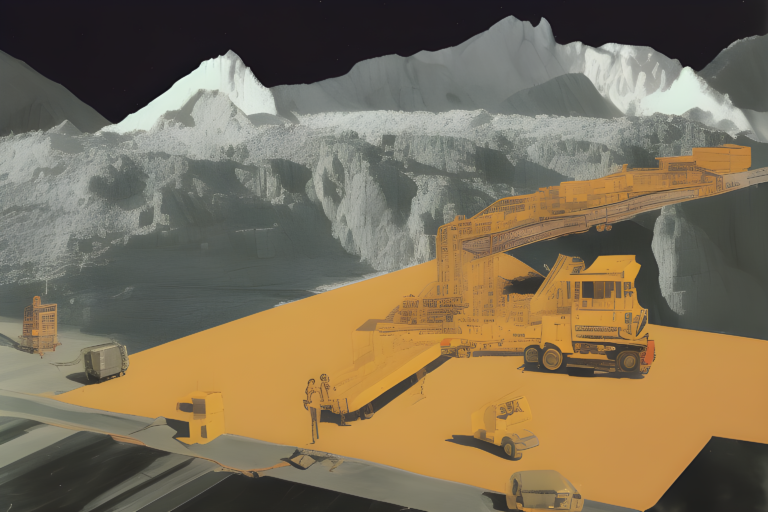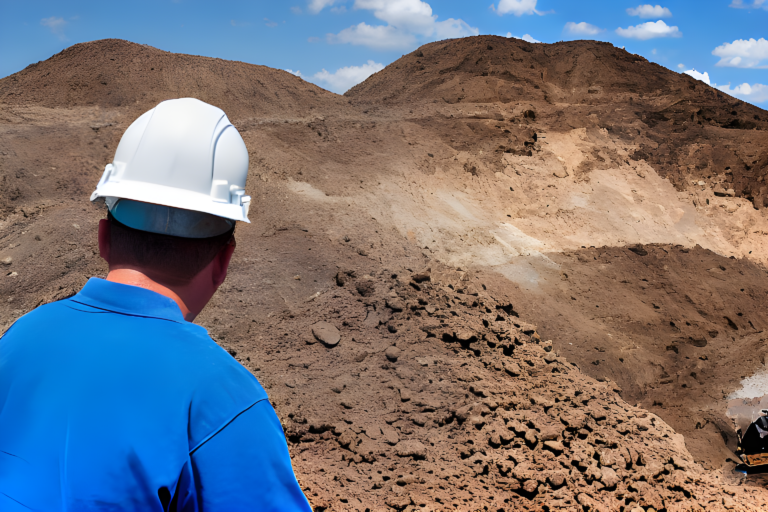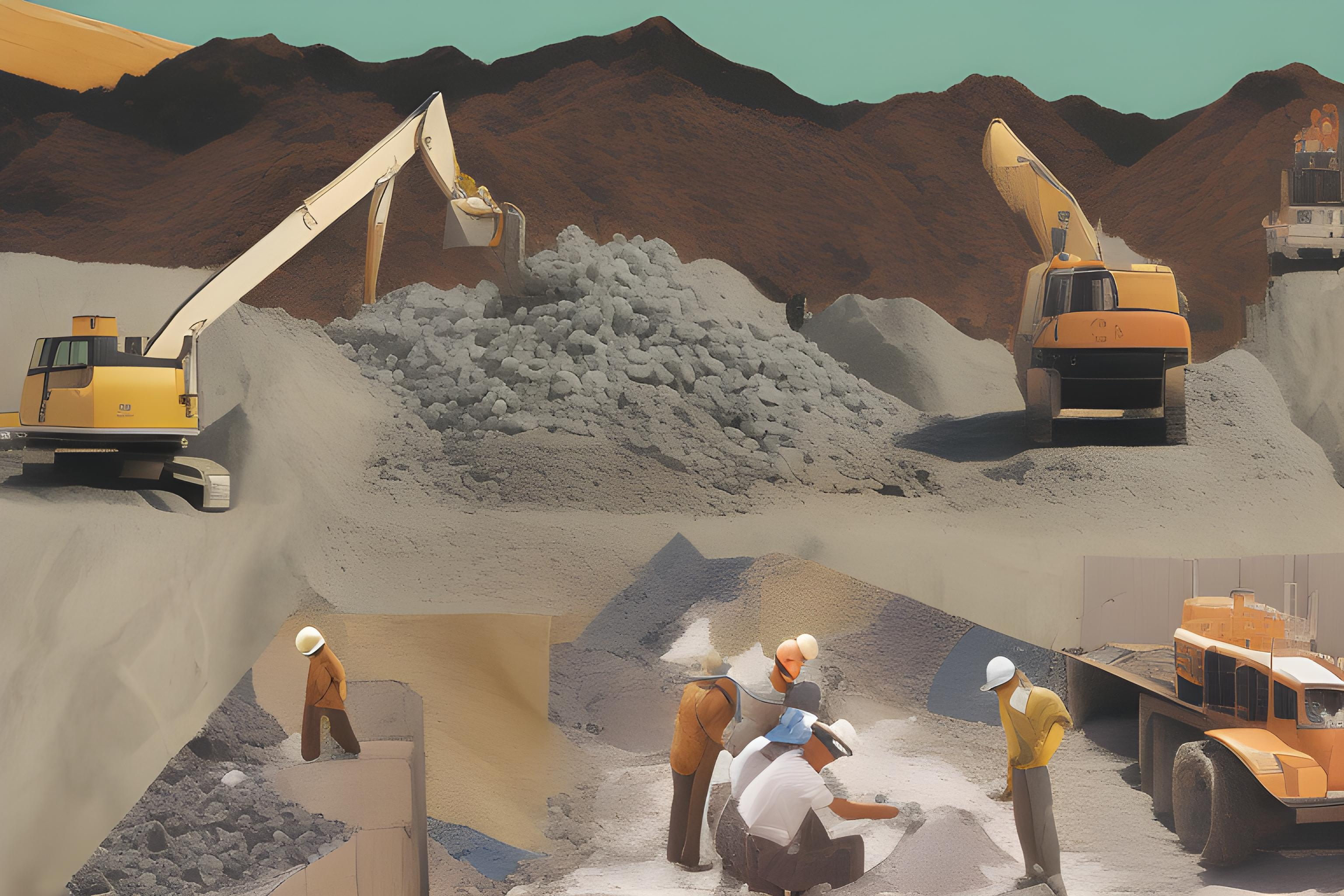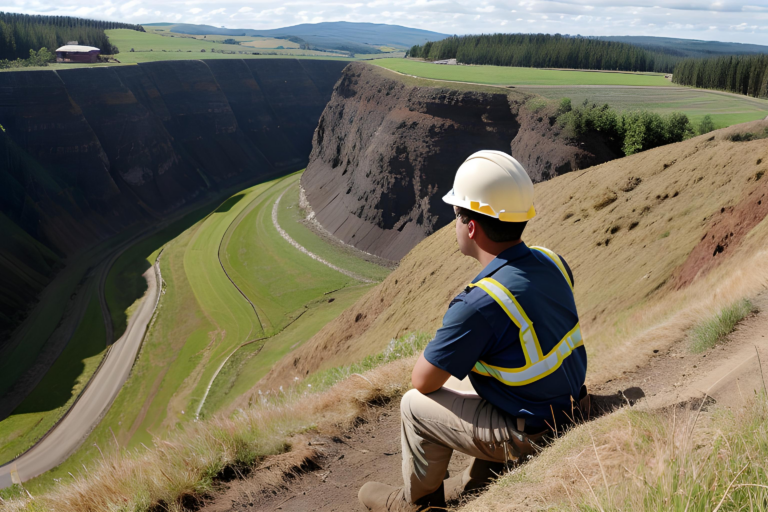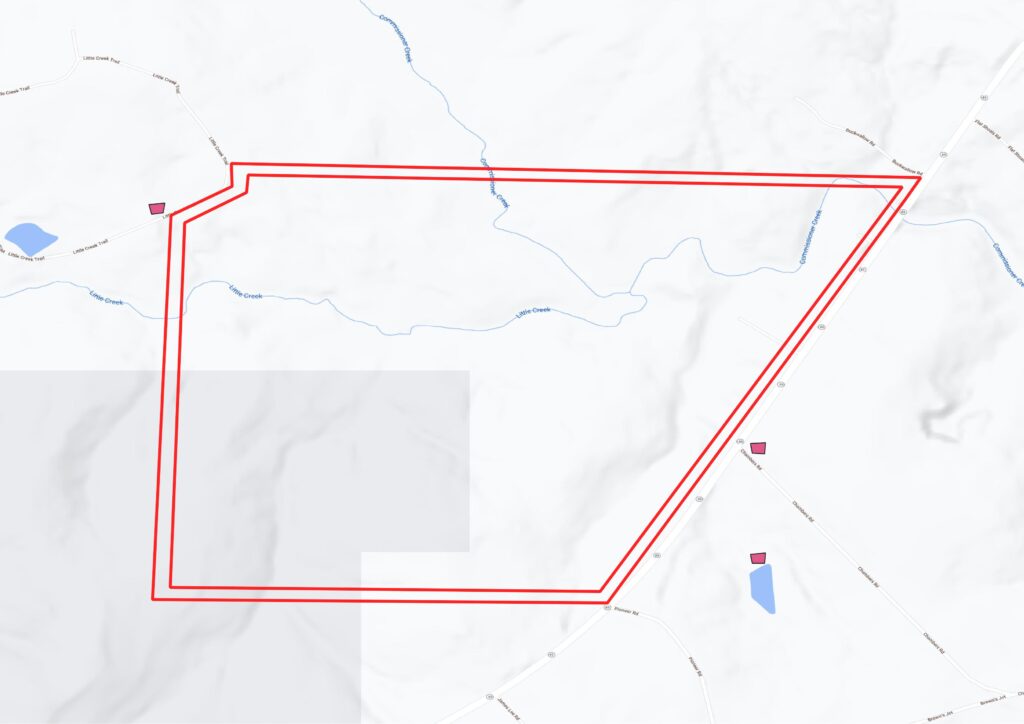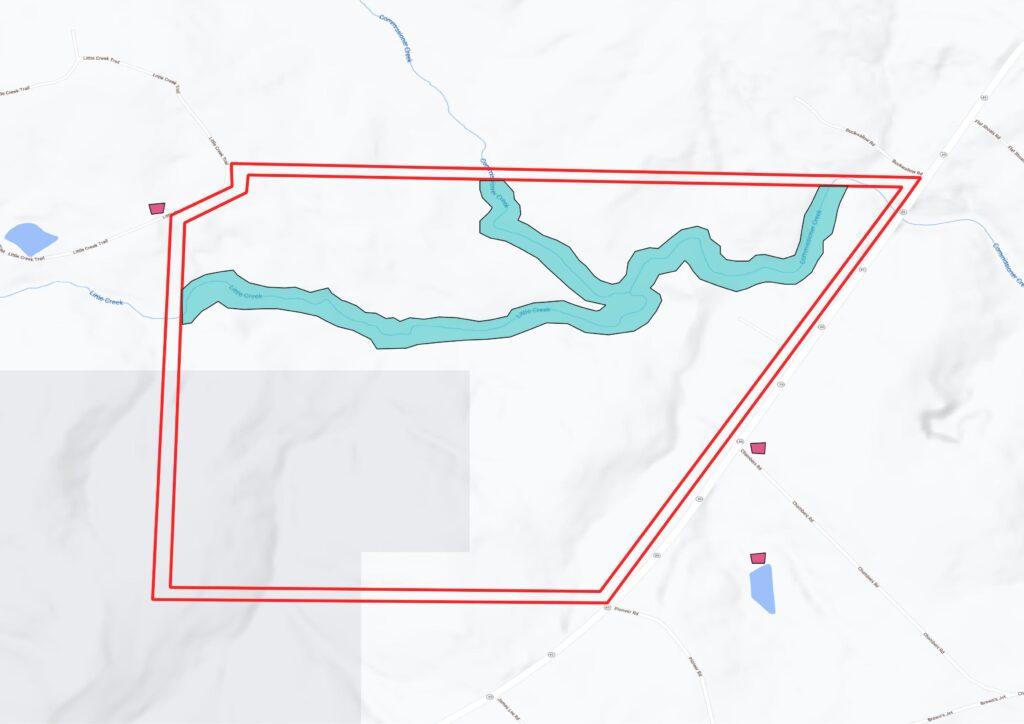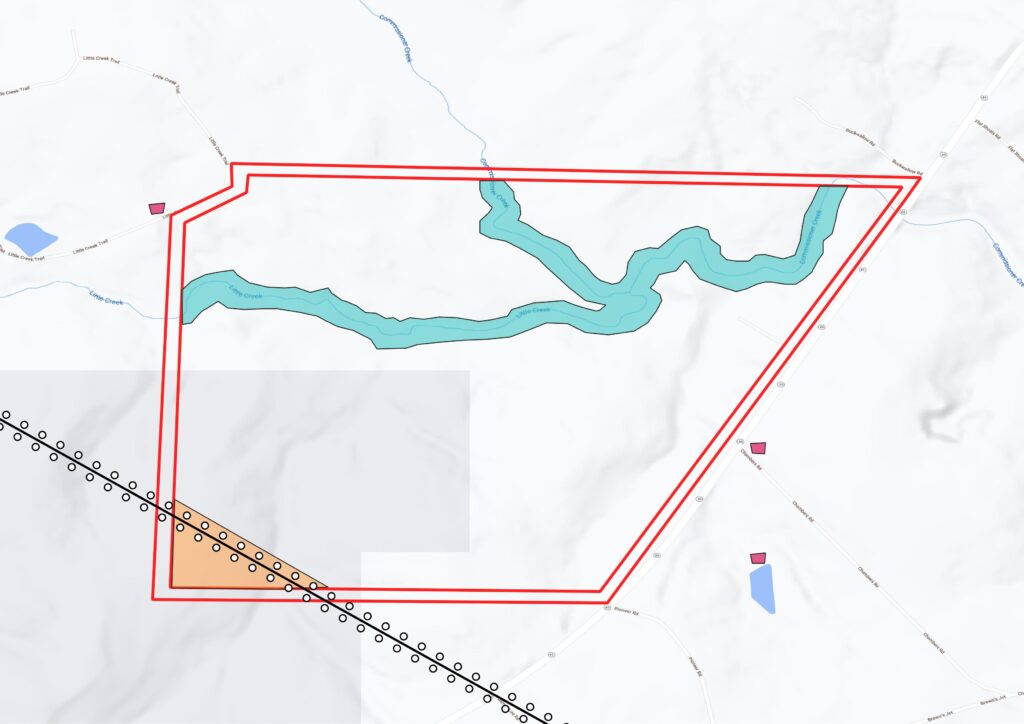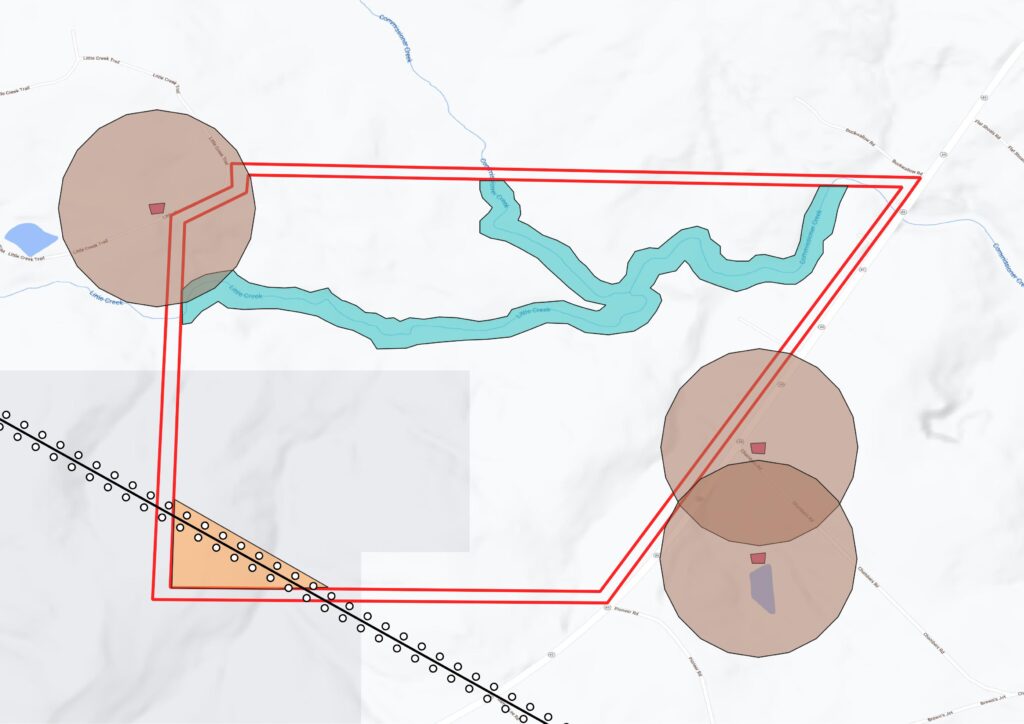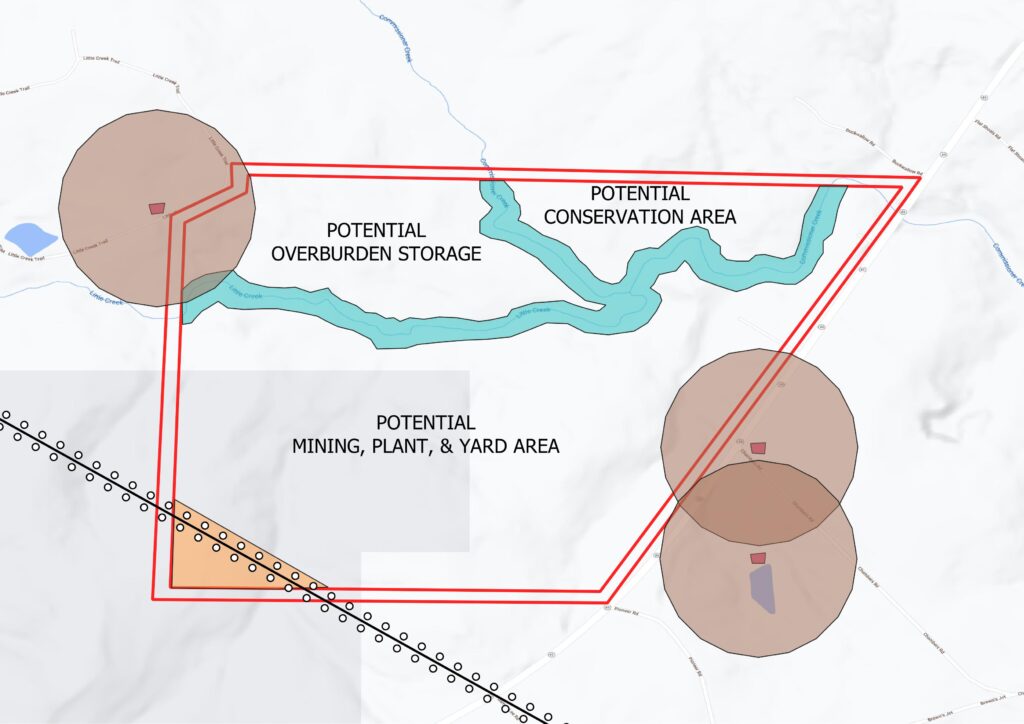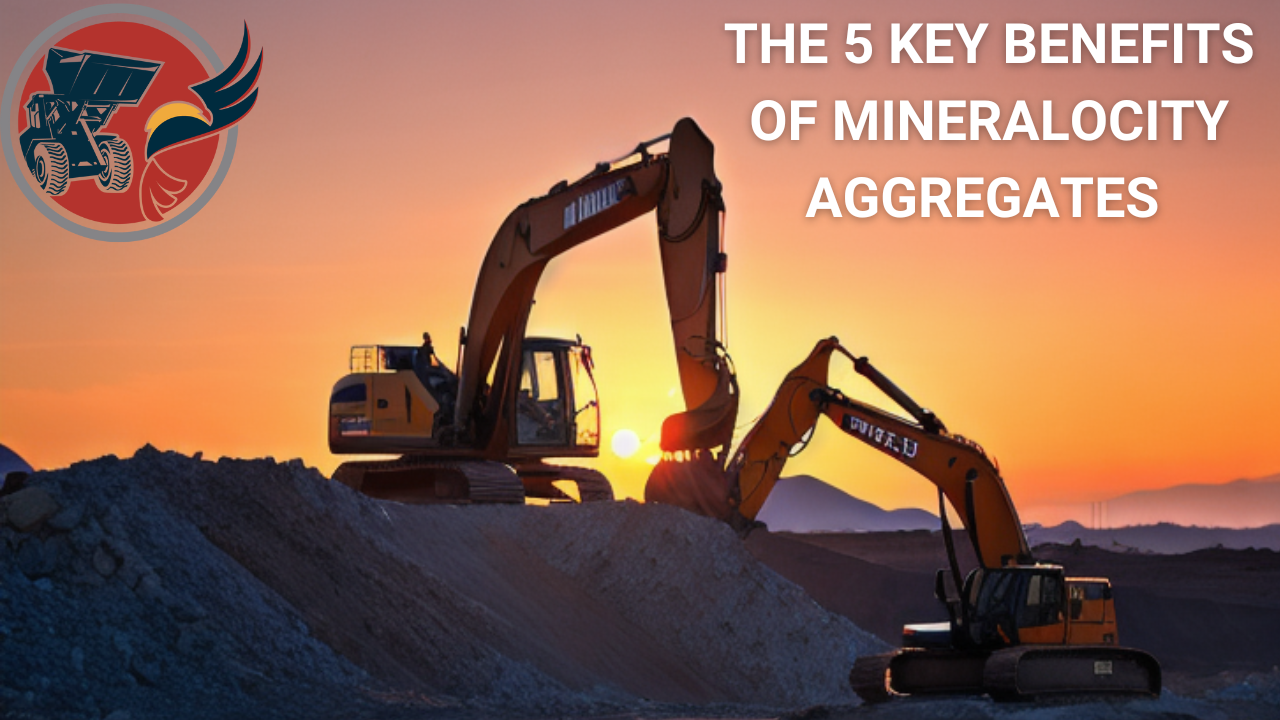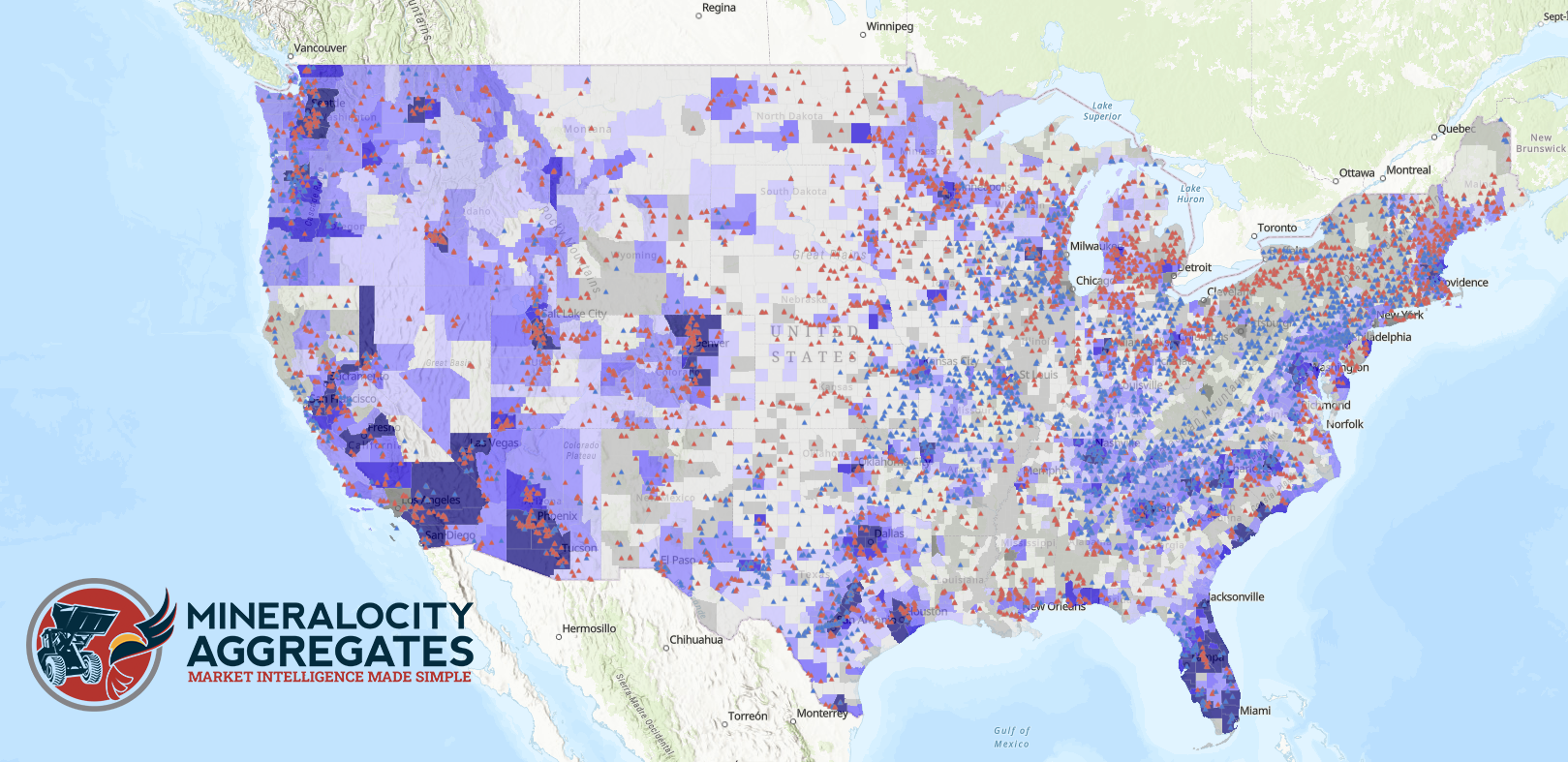| State | Agency | Website |
| Alabama | Department of Environmental Management, Division of Mining and Reclamation | https://www.adem.alabama.gov/programs/land/mining.cnt |
| Alaska | Department of Natural Resources, Division of Mining, Land and Water | http://dnr.alaska.gov/mlw/mining/ |
| Arizona | Department of Environmental Quality, Division of Mining and Reclamation | https://azdeq.gov/mining |
| Arkansas | Department of Environmental Quality, Division of Mining and Reclamation | https://www.adeq.state.ar.us/mining/ |
| California | Department of Conservation, Division of Mine Reclamation | https://www.conservation.ca.gov/dmr |
| Colorado | Department of Natural Resources, Division of Reclamation, Mining and Safety | https://mining.state.co.us/Pages/Home.aspx |
| Connecticut | Department of Energy and Environmental Protection, Bureau of Natural Resources | https://portal.ct.gov/DEEP/Natural-Resources/Natural-Resources |
| Delaware | Department of Natural Resources and Environmental Control, Division of Water Resources | https://dnrec.alpha.delaware.gov/water/ |
| Florida | Department of Environmental Protection, Division of Mining and Reclamation | https://floridadep.gov/water/mining-mitigation |
| Georgia | Department of Natural Resources, Environmental Protection Division, Land Protection Branch | https://epd.georgia.gov/land-protection-branch |
| Hawaii | Department of Land and Natural Resources, Engineering Division | http://dlnreng.hawaii.gov/ |
| Idaho | Department of Lands, Division of Mining and Minerals | https://www.idl.idaho.gov/mining/ |
| Illinois | Department of Natural Resources, Office of Mines and Minerals | https://www2.illinois.gov/dnr/mines/Pages/default.aspx |
| Indiana | Department of Natural Resources, Division of Reclamation | https://www.in.gov/dnr/reclamation/ |
| Iowa | Department of Natural Resources, Mines and Minerals Bureau | https://www.iowadnr.gov/Environmental-Protection/Land-Quality/Mining-Minerals |
| Kansas | Department of Health and Environment, Bureau of Environmental Remediation, Storage Tank Section | http://www.kdheks.gov/tanks/index.html |
| Kentucky | Department for Natural Resources, Division of Mine Reclamation and Enforcement | https://eec.ky.gov/Natural-Resources/Mining/Pages/default.aspx |
| Louisiana | Department of Natural Resources, Office of Conservation, Injection and Mining Division | http://www.dnr.louisiana.gov/index.cfm/page/97/n/97 |
| Maine | Department of Environmental Protection, Bureau of Land Resources, Land Use Planning Commission | https://www.maine.gov/dacf/lupc/index.shtml |
Maryland | Department of the Environment, Mining Program | https://mde.maryland.gov/programs/Land/mining/Pages/index.aspx |
| Massachusetts | Department of Environmental Protection, Bureau of Waste Site Cleanup | https://www.mass.gov/orgs/bureau-of-waste-site-cleanup |
| Michigan | Department of Environment, Great Lakes, and Energy, Oil, Gas, and Minerals Division | https://www.michigan.gov/egle/0,9429,7-135-3311_4111—,00.html |
| Minnesota | Department of Natural Resources, Division of Lands and Minerals | https://www.dnr.state.mn.us/lands_minerals/index.html |
| Mississippi | Department of Environmental Quality, Office of Geology | https://www.mdeq.ms.gov/geology/ |
| Missouri | Department of Natural Resources, Division of Geology and Land Survey | https://dnr.mo.gov/geology/index.html |
| Montana | Department of Environmental Quality, Division of Mining and Reclamation | https://deq.mt.gov/Land |
| Nebraska | Department of Environment and Energy, Land Quality Division | http://dee.ne.gov/NDEQProg.nsf/OnWeb/LQD |
| Nevada | Department of Conservation and Natural Resources, Division of Environmental Protection, Bureau of Mining Regulation and Reclamation | http://ndep.nv.gov/land/mining |
| New Hampshire | Department of Environmental Services, Waste Management Division | https://www.des.nh.gov/organization/divisions/waste/index.htm |
New Jersey | Department of Environmental Protection, Division of Land Use Regulation | https://www.nj.gov/dep/landuse/ |
| New Mexico | Energy, Minerals and Natural Resources Department, Mining and Minerals Division | https://www.emnrd.state.nm.us/MMD/ |
| New York | Department of Environmental Conservation, Division of Mineral Resources | https://www.dec.ny.gov/lands/5071.html |
| North Carolina | Department of Environmental Quality, Division of Energy, Mineral and Land Resources | https://deq.nc.gov/about/divisions/energy-mineral-land-resources |
| North Dakota | Department of Environmental Quality, Division of Reclamation | https://deq.nd.gov/Land/Reclamation/ |
| Ohio | Department of Natural Resources, Division of Mineral Resources Management | https://ohiodnr.gov/wps/portal/gov/odnr/discover-and-learn/safety-conservation/about-odnr/mineral-resources-management |
| Oklahoma | Department of Mines, Minerals and Reclamation Division | https://www.ok.gov/mines/Minerals_Program/index.html |
| Oregon | Department of Geology and Mineral Industries, Mineral Land Regulation and Reclamation Program | https://www.oregongeology.org/mlrr/index.htm |
| Pennsylvania | Department of Environmental Protection, Bureau of Mining Programs | https://www.dep.pa.gov/Business/Land/Mining/Pages/default.aspx |
| Rhode Island | Department of Environmental Management, Office of Waste Management | https://dem.ri.gov/programs/waste-management/ |
South Carolina | Department of Natural Resources, Division of Geology | https://www.dnr.sc.gov/geology/ |
| South Dakota | Department of Natural Resources and Conservation, Division of Minerals and Earth Resources | https://denr.sd.gov/des/mr/default.aspx |
| Tennessee | Department of Environment and Conservation, Division of Geology | https://www.tn.gov/environment/program-areas/tennessee-geological-survey.html |
| Texas | Texas Commission on Environmental Quality | https://www.tceq.texas.gov/ |
| Utah | Department of Oil, Gas and Mining | https://ogm.utah.gov/ |
| Vermont | Department of Environmental Conservation, Division of Mineral Resources | https://dec.vermont.gov/geological-survey |
| Virginia | Department of Environmental Quality, Division of Mines and Minerals | https://www.deq.virginia.gov/Programs/LandProtectionRevitalization/MiningPermitting.aspx |
| Washington | Department of Natural Resources, Division of Geology and Earth Resources | https://www.dnr.wa.gov/geology |
| West Virginia | Department of Environmental Protection, Division of Environmental Protection | https://dep.wv.gov/Pages/default.aspx |
| Wisconsin | Department of Natural Resources, Division of Mineral Resources | https://dnr.wisconsin.gov/topic/Mines |
| Wyoming | Department of Environmental Quality, Division of Oil and Gas | http://deq.wyoming.gov/og/ |

